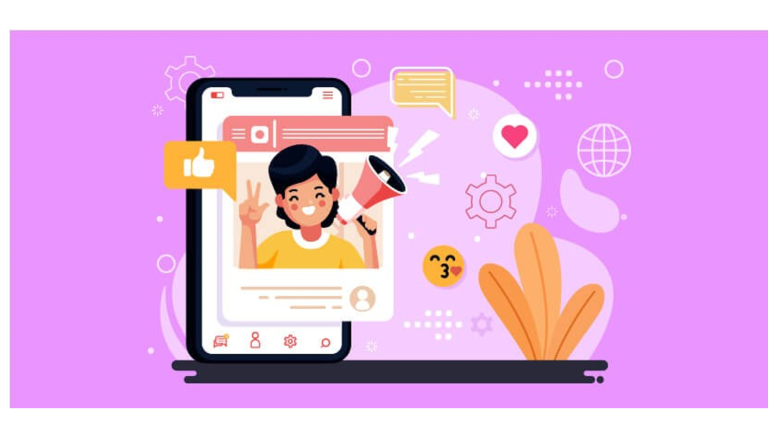Not to dampen the sense of accomplishment of those of us, who are beginning to get a hang of influencer marketing and how to tap into its mechanics for our brand promotions, but it looks like these trend setters seem to be going off-trend themselves. The consumer is at the center of everything, including in making and breaking influencers. Influencers exploded onto the scene when they offered the audience exactly what they were craving for, namely authentic, relatable, honest content. But, give it time and us marketers tend to kill every goose that lays the golden egg. Over the years, brands chasing performance metrics and social media algorithms have somehow managed to put even the authenticity of influencers into neat templates robbing them of their element of fresh originality. That familiar disillusion among the audience was inevitable. No complaints on the entertainment front, but when it comes to trust in branded content, their experiences have kept them stingy with it.
Making way for a new phenomena – de-influencing – where influencers discourage their followers from buying certain products.When influencers came on the scene, they fulfilled a need-gap for authentic, enriching content. Now de-influencers have made their entry to fill the gaping void created by a lack of truth in brand labeling, marketing and advertising.
De-influencers focus on fact-checking, promoting critical thinking, debunking misinformation, advocating for ethical consumerism, educating about media literacy, supporting social justice causes, and using humor to critique influencer culture. Overall, they empower their audience to question and engage with social media content more responsibly.
Many giant brands have had to succumb to the pressure of de-influencing and carry out product changes or label changes. While these steps may control some of the damage, it may do little to counter the effects of being exposed among Indian consumers who have trusted these brands for generations.
The writing on the wall is clear. We are entering the era of an empowered consumer where there is going to be less and less possible to fool them with the age-old misleading tricks. Until recent times, advertisers and marketers only needed to worry about finding loopholes in regulatory laws. Now, with consumers turning into vigilant hawks, the whole landscape of business is being forced to incorporate actual consumer benefiting changes.
De-influencing need not spell doom for all brands. Like any culture code, this one too can be leveraged by brands to connect with consumers better. In 2022, Dove ran the #detoxyourfeed campaign in the U.S to counter influencers flooding the internet with toxic beauty advice that end up worsening self-image issues in vulnerable scrollers. For Dove, this builds on their 2 decade old brand-purpose of tackling self-esteem concerns but they effectively got on the de-influencing bandwagon in a timely and relevant manner.
This trend started with the beauty and lifestyle categories but has since moved to other areas and popular products. Influencers discuss products they think are overhyped, and they may provide alternatives to their followers. De-influencers are also influencers of a kind, just that they support truth at any cost. Influencers such as Foodpharmer and MasalaLab urge their followers to question popular notions when making brand and diet choices. Corporate giants are realising the futility of fighting the vox populi and taking corrective steps -either with their labels or with their sugar levels.
The key takeaway from the rise of this trend is that consumers demand truth and intent. Influencers originally gained popularity because of their refreshing authenticity but today they have morphed into a means to promote reckless shopping and consumerism. In many ways they are reduced to being a replacement for conventional TV commercials. Leaving a void all over again where authenticity once stood. De-influencers have emerged to serve the people with truth and real-ness of intent. If this makes many brands and businesses scared, it is not entirely uncalled for. It is perhaps a good time to go beyond mere corrective measures and begin re-looking our value-chains and communication tones through the lens of an empowered and enabled consumer.
The views and opinions published here belong to the author and do not necessarily reflect the views and opinions of the publisher.



Be the first to comment on "The rise of the de-influencer"